Surprising Osaka: 10 Little Known Facts About Osaka
Osaka, Japan’s second largest city, is known for a lot of things: commerce, shopping, food, etc…but what if I told you Osaka is second for most temples in the entire prefecture? Or that it also has a rich history and gave birth to some of Japan’s most beloved forms of traditional theater? Here are ten fact most tourist, and even non-native Osakans, don’t know about this quirky and unusual city!
Surprising Facts about Osaka
Fact 1. Takoyaki is Neither Traditional nor Soul Food
When people think of Osaka-style food, probably everybody is thinking of takoyaki. The notation that takoyaki is the most iconic and popular food in Osaka is even pervasive though all sorts of Japanese travel shows. However, the truth is most Osakans do not eat takoyaki very often. At best, takoyaki is light snack, and there is no way that four to six little takoyaki balls will make you full. Even still, this is a pretty expensive snack, as most takoyaki are round 600 yen or so a set of 6.

As for the argument that takoyaki are a sort of traditional food; that’s not really true either. Takoyaki were invented in 1935 by the chef of Aizuya who got his inspiration from akashiyaki in Akashi.

However, the original takoyaki were very different from what people are familiar with today because they lacked sauce and mayonnaise. Eating takoyaki with these additional, but now iconic condiments, only came about after WWII. So unfortunately, this means takoyaki are a pretty new invention, especially when compared to other famous and traditional Osaka foods, like as kistune udon or oshizushi
Fact 2. Okonomiyaki is Not from Osaka
Ok, so takoyaki isn’t traditional, but surely Osaka’s other super iconic dish okonomiyaki, is authentic! Sadly, this isn’t the case either. Indeed, Okonomiyaki is very popular in households throughout Osaka since you can put whatever you want in it. Popular ingredients include seafood, mochi or even cheese! Despite its popularity, it is likely that okonomiyaki did not originate in Osaka. Instead, it is very probable that okonomiyaki originated from Osaka’s biggest rival: Tokyo.
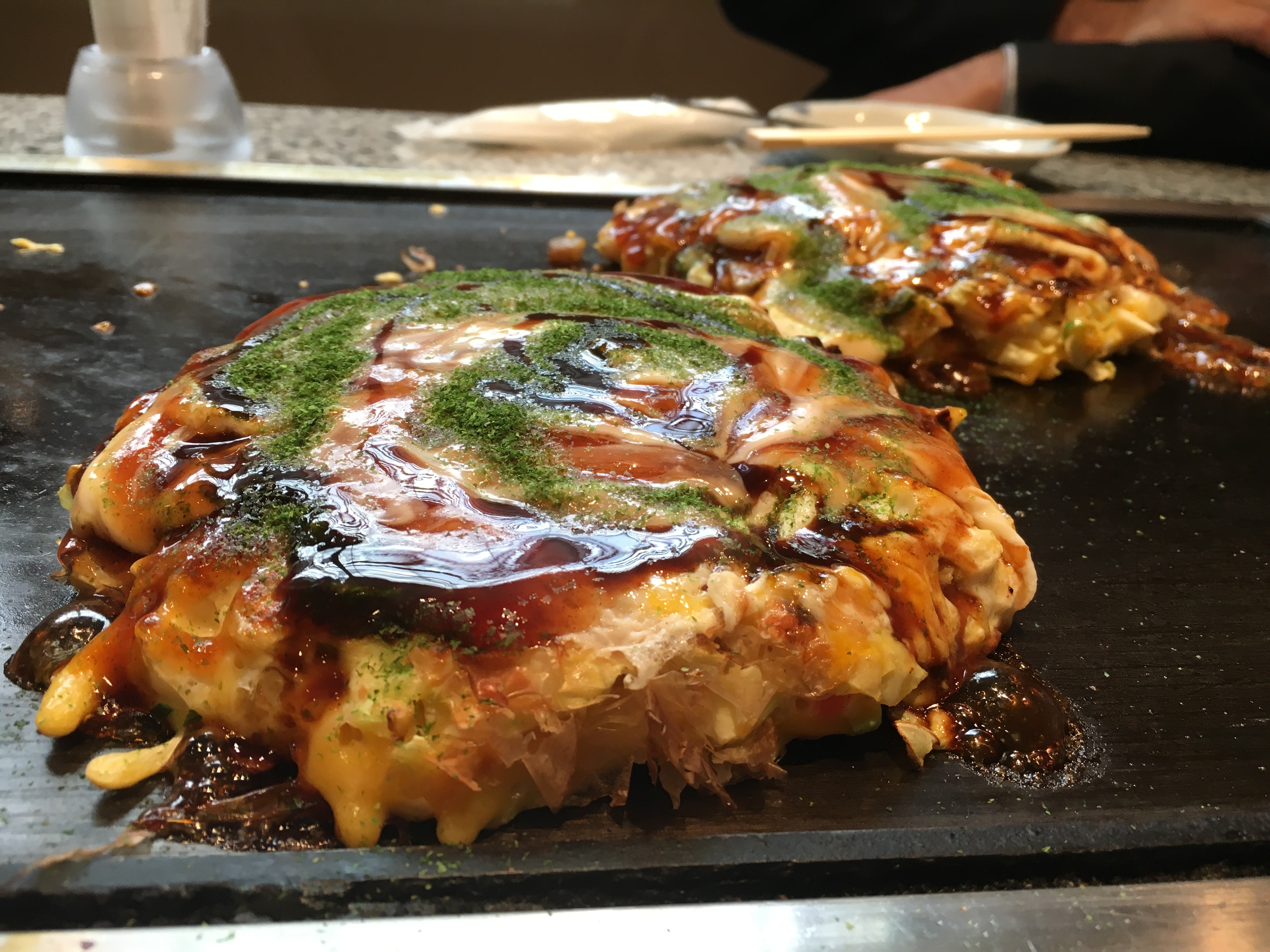
There are several theories as to how okonomiyaki came about. One theory is that Sen no Riyu made the first prototype of okonomiyaki, funomono. However, it is not clear how it was close to the okonomiyaki we currently eat. It is completely possible the only thing in common between them is that they both use a flour-based batter.
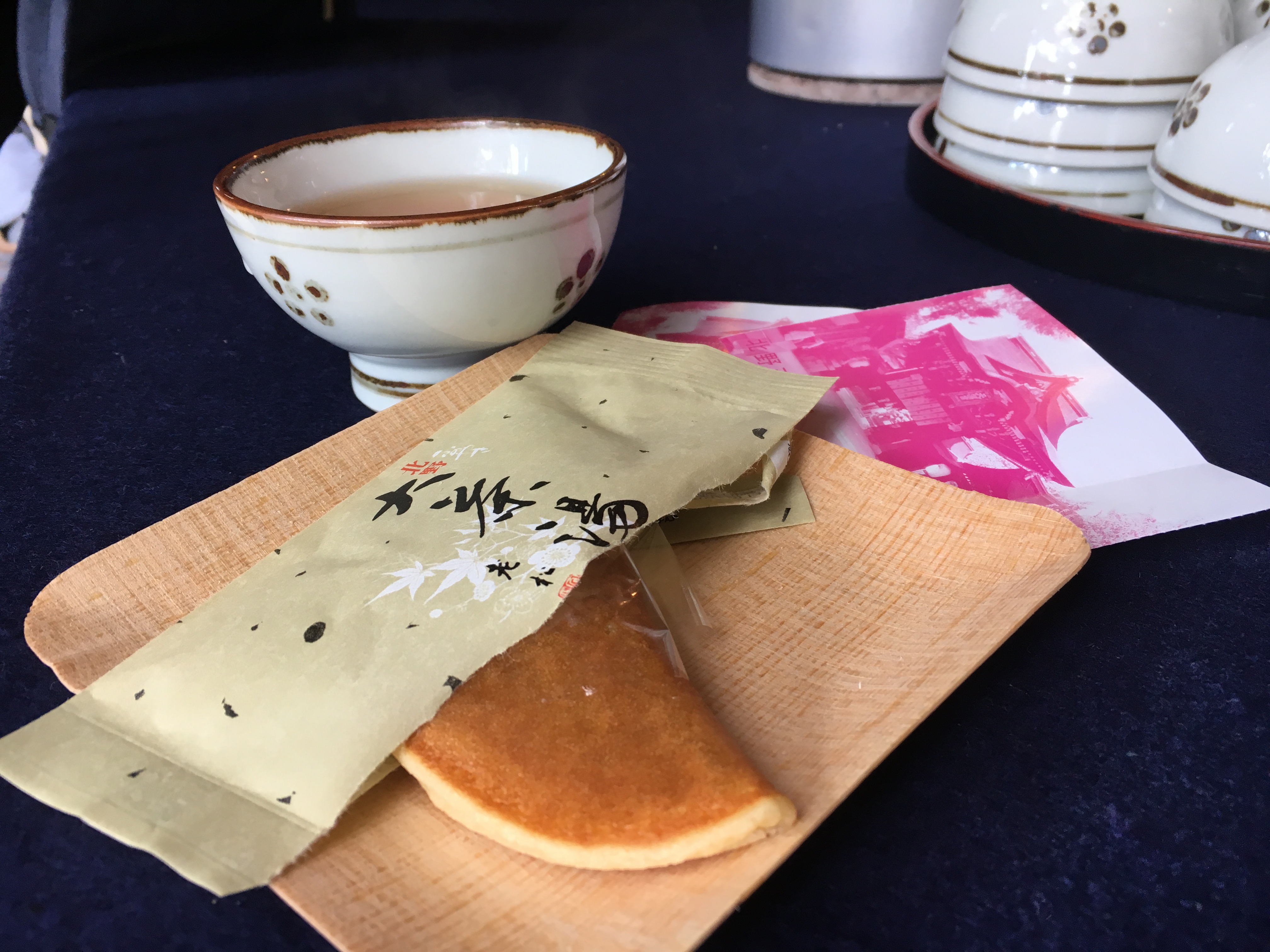
The more convincing theory is that okonomiyaki derived from dondon yaki, which originated in Tokyo. Dondon yaki were made because Tokyo’s favorite dish, monjya yaki, is too runny and doesn’t transport well. Dondon yaki allegedly uses a similar flour-based batter, like okonomiyaki. Somehow, dondon yaki made it to Osaka under the name “Issenyoshoku” and then became Okonomiyaki.
Fact 3. A Rich History and Culture
Some people think that Osaka is only well known just because it is the business center of Japan and a food lover’s mecca. Just as many people seem to think that Osaka doesn’t have as rich or long a history as its neighbors Kyoto and Nara. This is not true at all.

Osaka is home to many archaeological ruins and graves of important people, like Prince Shotoku. In fact, Osaka Prefecture has the 2nd highest number of kofun, large ancient burial mounds, in Japan. In addition, a large number of traditions and festivals, dating back to the Edo Period (17-19th century) are still well preserved here.

See our posts about Danjiri, Kofun, and the Kawachi Ondo . to get a taste of Osaka’s traditions and history!
Of course, you don’t have to be a history buff to enjoy and appreciate the many historic things in Osaka. You enjoy the shrines and temples dotted all over the Uemachi Plateau, or the beautiful turn of the century western-style from the Dai-Osaka Period (1920s- 1930s). Those buildings somehow survived WWII and no other city in Japan has as many retro buildings as Osaka.
Fact 4. The True Meaning of “kuida ore” is Unclear
Kyoto is famous for the saying “kida ore” (lit. to dress to death). In the port city of Sakai its “tateda ore” (lit. to build to death). In Osaka, everyone knows it’s “kuida ore”, meaning to literally eat to death—or is it?
Osaka has long held a reputation for delicious food. Naturally then it stands to reason that Osakans love to indulge! Many people accept that the expression “kuida ore” is reflective of Osaka’s deep love of food. There is even a mascot called “Kuidaore Taro” in Dotonbori.

However, a decent number of people argue that kuida ore [食い倒れ] doesn’t mean to eat to death, but to make pillars to death, kui daore [杭倒れ]. In the Edo Period, Osaka’s cityscape was full of rivers. Of course, when there are lots of bridges, you need lots of bridges to cross said rivers.
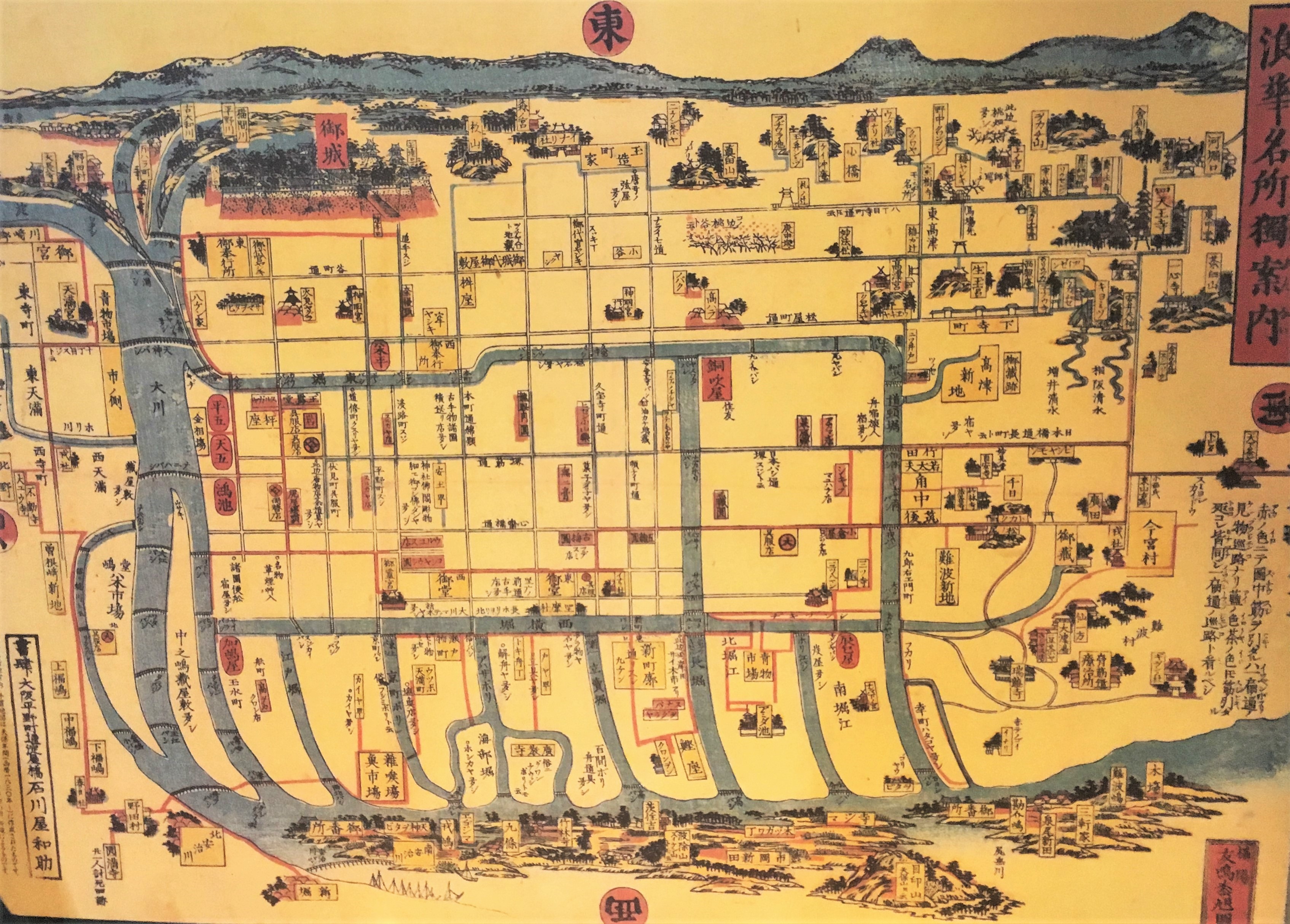
Interestingly 99% of the bridges in Osaka were made by average citizens, while most of the bridges in Kyoto and Tokyo were made by the government. Because average people made Osaka’s bridges with little more than their own known-how, those bridges were not very strong and often collapsed. Since the bridges had to be rebuilt many times, this lead to the expression “kui daore”, referring to the support pillars of those bridges. Supposedly, this expression turned into “kuida ore”, to eat to death.
Both theories are quite convincing, but sadly we cannot draw any solid conclusions, particularly because documentation of the word “kuida ore” in old literature is scarce.
Fact 5. Osaka is Proud of its Dialect
Osakans are famous for using their own dialect, and quite number of people speak with a heavy Osaka accent. What is special about this dialect is that native speaker of the Osaka dialect speakers refuse to use another dialect. This often includes refusing to use standard Japanese, even when they are not in Osaka.
This pride in their own dialect, and outright refusal for conform their speech is unusual. Typically, people who use another dialect try to hide it. They might even try to not to use their dialect if they move to a different place. This practice is especially true in Tokyo, where people try to hide their accents as much as possible, for fear of being perceived as hicks.
Of course, some people think the Osaka dialect is cool and there are several anime characters that use it. However, while some anime like Jarinko Chie use totally natural Osaka accents, some anime characters sound so weird they drive natives Osakans crazy!
Fact 6. Its Founders Were Not From Osaka
Osaka most famous historic figures are Rennyo, Toyotomi Hideyoshi, Godai Tomoatsu and Seki Hajime. Each of these people greatly contributed to the advancement and development Osaka. Rennyo created the Ishiyama Honganji Temple, Hideyoshi created Osaka Castle, Godai Tomoatsu helped modernize the city, and Seki Hajime made Midosuji Street, the subway system, and even rebuilt Osaka Castle.
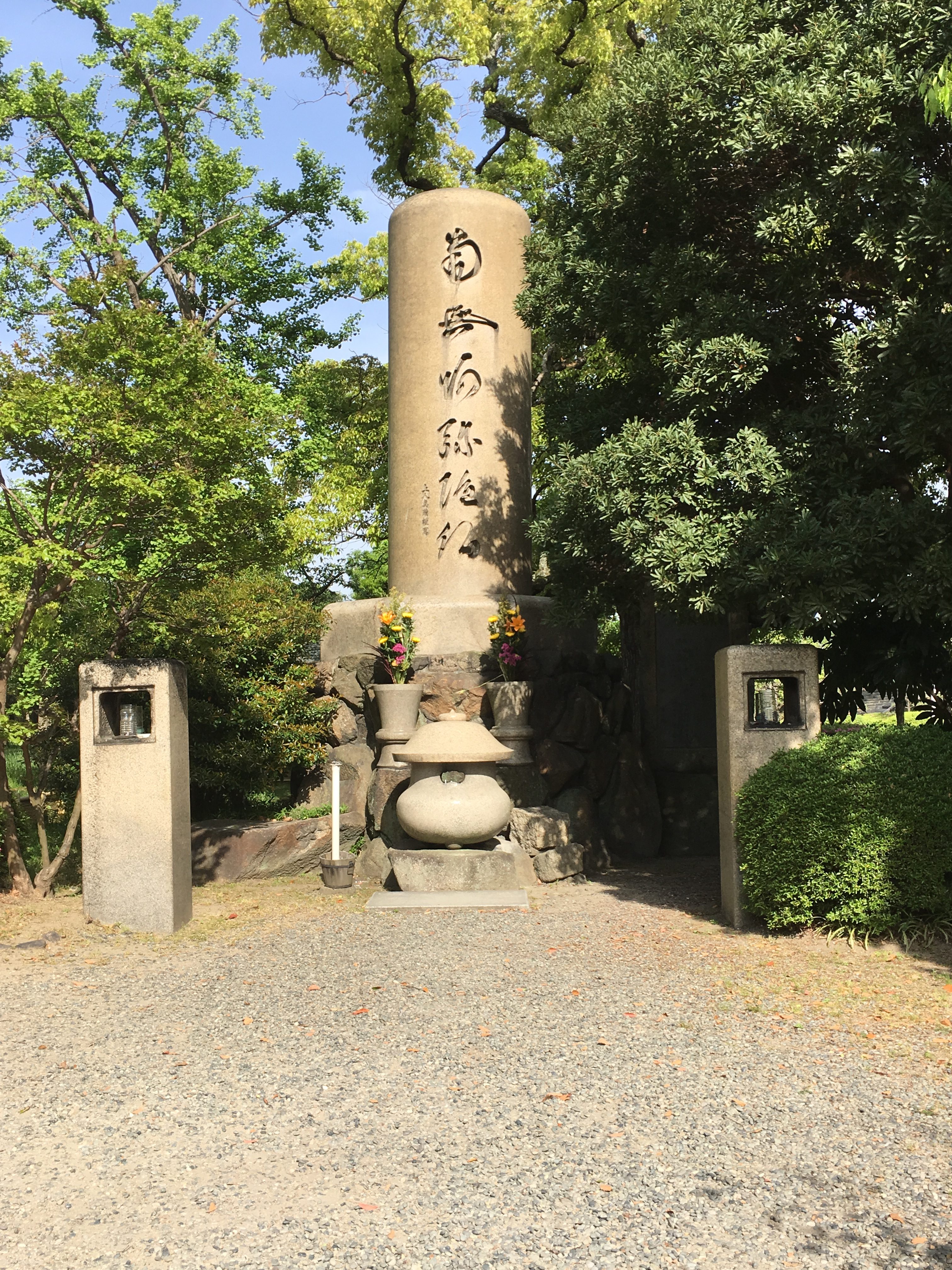
Interestingly though, none of those people are from Osaka. Rennyo is from Kyoto, Hideyoshi from Nagoya, Godai from Kagoshima, and Seki from Shizuoka.
Fact 7. Second Most Temples in Japan!
This may come to surprising to most people, but Osaka Prefecture has roughly 3,395 temples! This fact is especially impressive because, also surprisingly, Osaka is the 2nd smallest prefecture (in terms of area) in Japan.
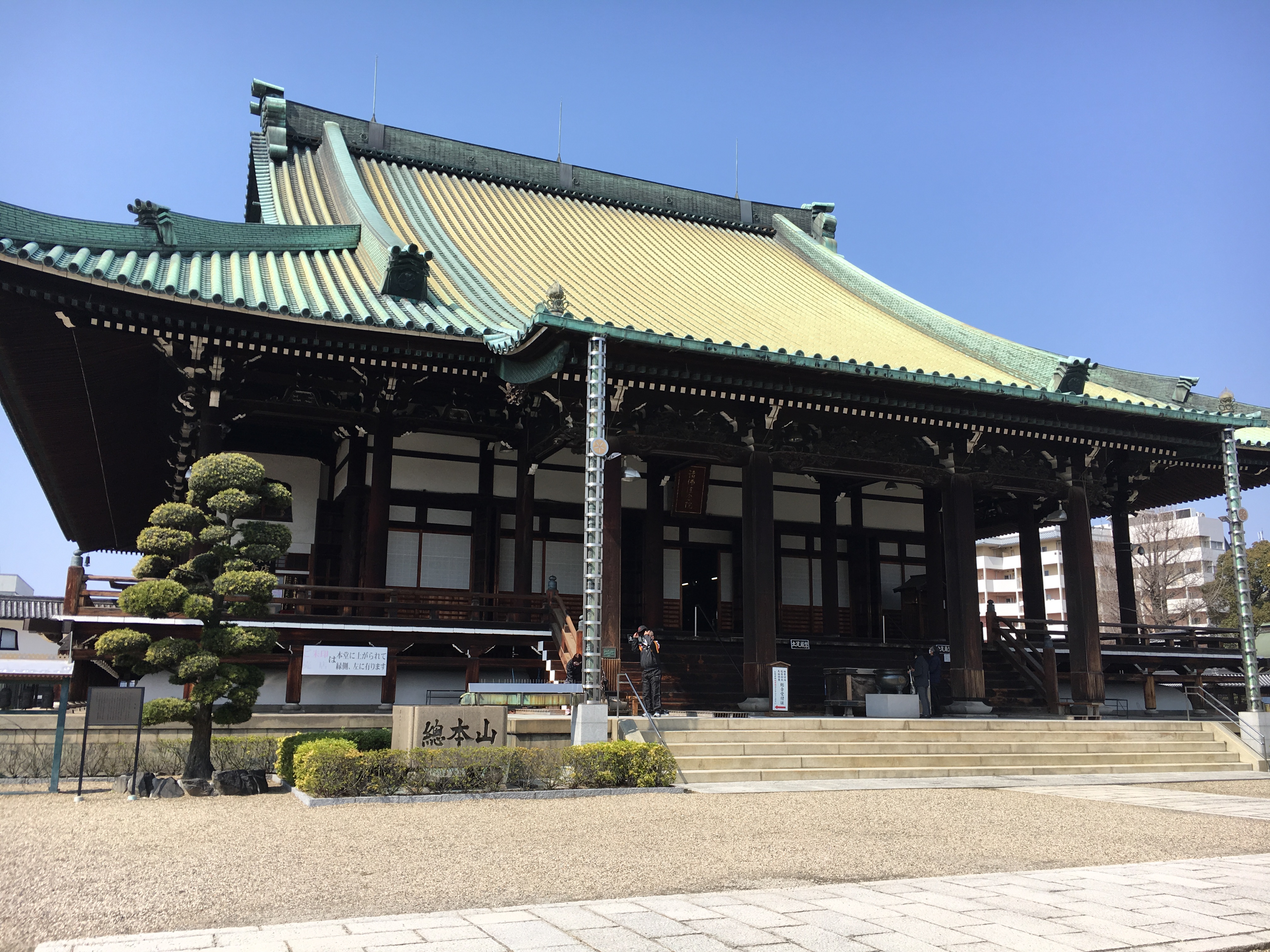
Long ago, people moved to Osaka because of it was home to massive and powerful Ishiyama Honganji Temple. As more and more people moved to the city, other large temples began to take root there as well. There are even a number of “temple towns” just outside Osaka City. They are: Tenma, Kaizuka, Hirakata, Yao, Tonda, and Tondabayashi. If you walk through those cities, you can easily find many temples, though most of them are quite small and do not accept tourists.
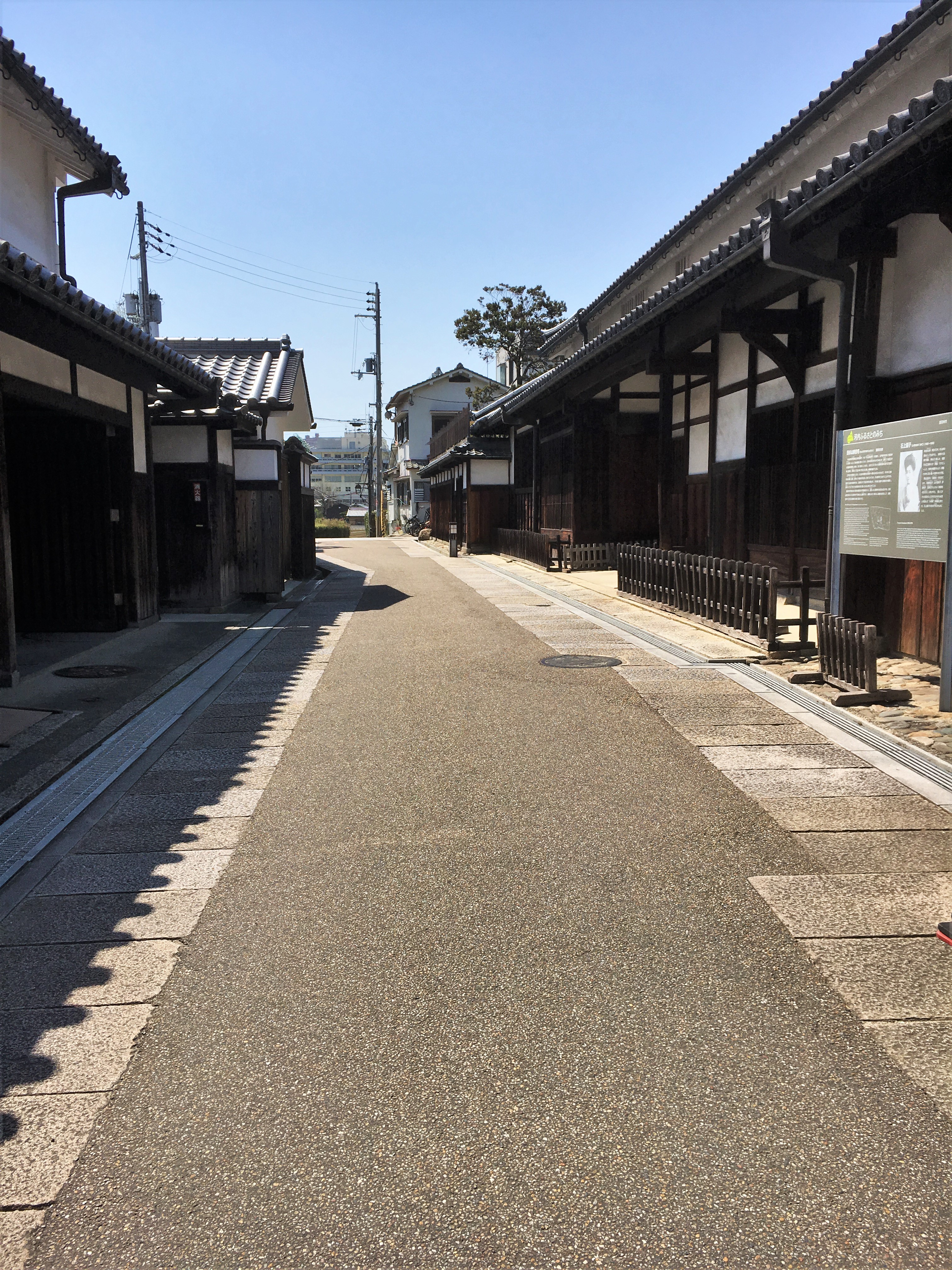
You can read more about how why Osaka has so many temples here. Did you know Midosuji Street is named after the temples, Kita Mido and Minami Mido? Check out our blog post about these pillars of Osaka!
Fact 8. A Long Tradition of Theater and Entertainment
Perhaps one of the most little known facts about this city is that a number of traditional Japanese theaters styles and entertainment originate from Osaka!

During the Edo Period, most of Osaka’s citizens were businessmen, meaning they were at the bottom of the social pecking order. These people formed their own distinctive culture, which lead to the creation of theatrical arts. Of these, the most famous are bunraku and a Kansai specific version of kabuki, which focuses on elegant, beautiful movements, while kabuki in Tokyo emphasizes strong, dramatic acting.
In fact, Dotonbori was at one time a thriving theater district!

Other forms of entertainment come from Osaka too. After the Edo Period, many traditional comedy forms like Rakugo, Kodan and Rokyoku, started to gain a lot of popularity. Moreover, currently, the most popular style of comedy in Japan, manzai, also originated around this time. Manzai is still extremely popular, and is almost a part of life for some Osakans. Maybe this is part of why most people in Japan think Osakan have a great sense of humor?
Fact 9. Baseball is Osaka’s Favorite Sport
Osakans love baseball. Moreover, a number of famous players like Darvish Yu (currently plays for the Chicago Cubs) and Maeda Kenta (currently plays for the Dodgers) spent their youth in Osaka and some high school baseball team such as PL Gakuen and Toin High School often win national championships.
Osaka’s love of baseball is almost a tradition at this point. The national high school baseball championship originated in Toyonaka City and almost all of Osaka’s train companies (Nankai, Kintetsu, Hashin and Hankyu) own or owned a baseball team.
The favorite team by far are the Hanshin Tigers. Their home stadium is Koshien Baseball Stadium, only 15 minutes from Osaka Station. I strong recommend seeing a game at least once if you have a chance!!
Fact 10. Women are in Charge
Osakan women are strong. This is the very well-known truth in Japan and for some reason they often rank as some of the strongest wives in the country.
This characteristic of is clearly seen throughout Japanese literature. One of the most well-known examples is in Meoto Zenzai, a popular novel based in Osaka. In the story the heroine Choko is depicted as strong minded and capable, unlike her husband Ryukichi, who comes of as a sort bumbling character.

There are also plenty of real world examples, but for today we will just mention two: Hirooka Asako and Yoshimoto Sei.
Hirooka Asako, a prominent business woman in the Meiji Period, founded the Daido Life Insurance Company, which is still around today. She was even the main character of the recent NHK TV series, Asa ga Kita.
Then there is the founder of largest comedian company, Yoshimoto Sei. Yoshimoto Sei is well-known for her independent nature and runs the business herself instead of her husband.
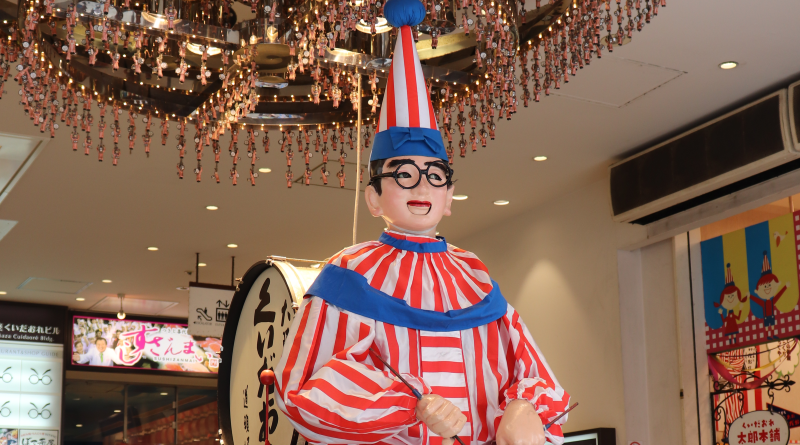
Leave a Reply